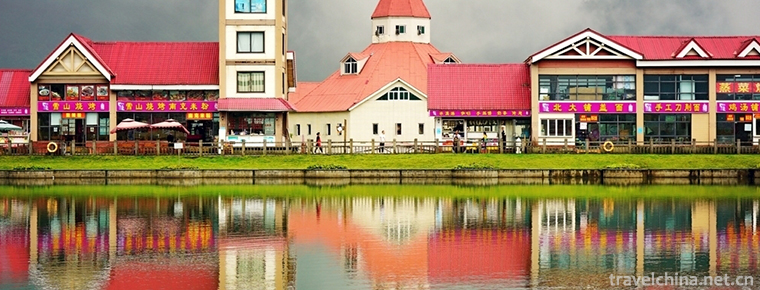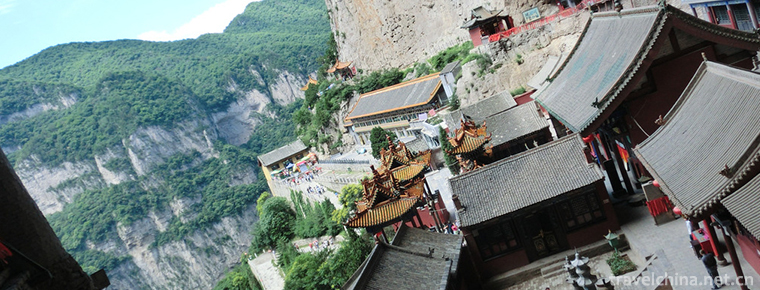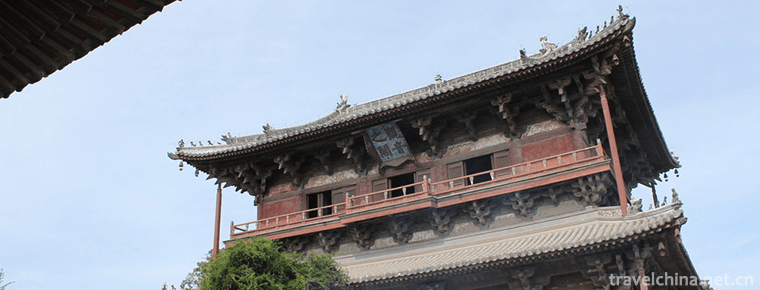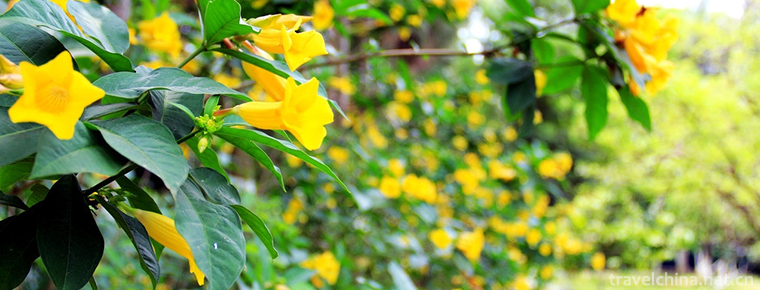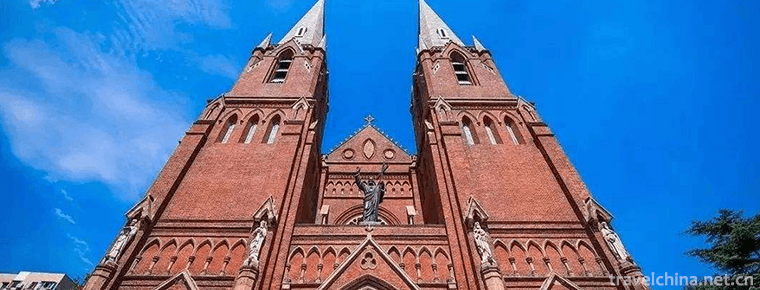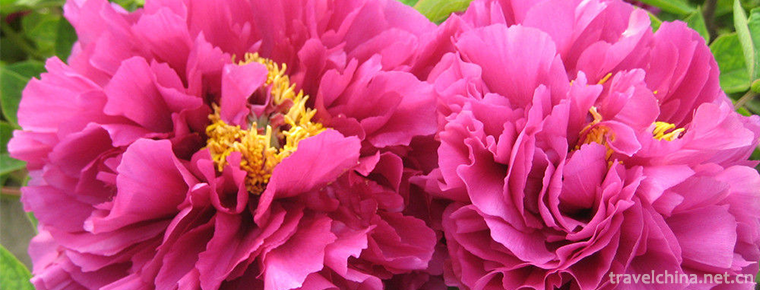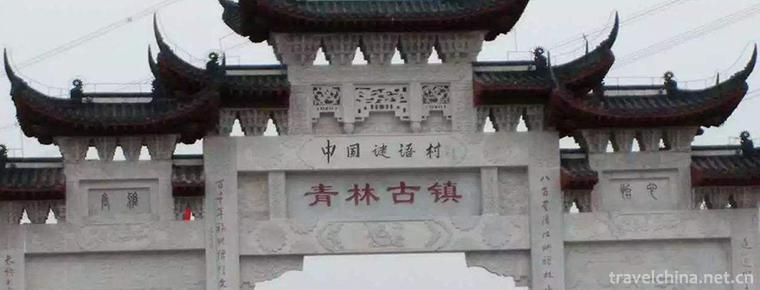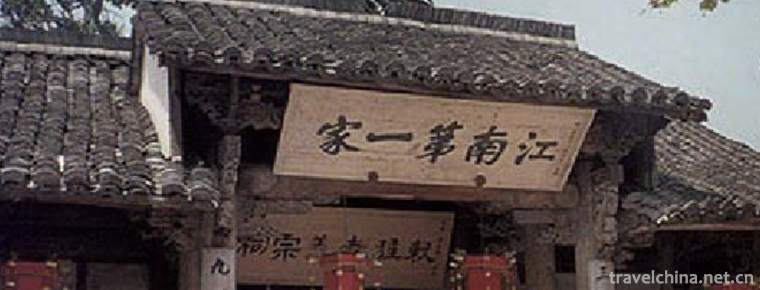Kazakh Aytes
Kazakh Aytes
Kazakh Aytes is a typical representative of Kazakh folk art, a competitive form of performance, is the most abundant content of Kazakh folk oral literature, the most influential literary type among the masses.
Its traditional programs mainly show the history, culture and feelings of the Kazakh people. From lyrics to music, they are full of strong oral literature and music culture characteristics of Kazakhstan. They have outstanding historical and cultural values. They are known as a "mirror" and "encyclopedia" which comprehensively reflect the social life of the Kazakh people and can be called the artistic treasures of the Kazakh people.
On May 20, 2006, "Kazakh Aytes" declared by Yili Kazakh Autonomous Prefecture of Xinjiang Uygur Autonomous Region was listed in the first batch of national intangible cultural heritage list with the approval of the State Council.
historical origin
Aytes has a long history, a far-reaching foundation, a wide range of social influence, strong color of the masses, distinctive national characteristics and other characteristics, but also has a strong vitality of the poetry form.
In ancient times, Aytes sometimes held large-scale festival rallies, and sometimes at ordinary wedding occasions, the Aykens sought each other's rivals for singing competitions and skills. In ancient times, there were no schools to impart knowledge, nor auditoriums to gather people, let alone radio, television, newspapers and magazines used by people since the 21st century. In addition, the Kazakh people basically live a nomadic life and live scattered. At that time, Akan and poets, who had profound knowledge, made full use of people's opportunities to attend weddings and other gatherings. By asking each other questions in the form of singing, they improvised their answers in poetry, and by this way, they imparted knowledge or expressed some opinions to people.
In history, the Kazakh people lived by water and grass and lived scattered, so it was very difficult to bring the people together. In this case, the use of wedding, Festival gatherings, anniversary ceremonies and other places where people gather to hold Akan's singing, popular with the public, and easy to accept and remember, people even after the breakup of each other's singing. While hosting guests, the host gathers the neighbors and lets the guests sing. At this time, the guests will sing the knowledge and poems they hear and recite to the people. In this way, his playing and singing will soon be sung throughout Awule. In this way, it will spread ten times and one hundred times, and soon it will spread all over the world. In the second half of the eighteenth century, knowledge playing and singing was widely spread among the people and began to play a propaganda role. In ancient times, life knowledge such as customs, etiquette greetings and Islamic teachings and precepts were propagated and disseminated through such playing and singing. Most of the most influential and high-level Aytes known in history were in the late 19th and early 20th centuries. In the process of folk collection of traditional cultural heritage, several types and forms of knowledge playing and singing have been collected. For example, "Brooks Girl and Ye Lintai's Chorus", the competition between them was about 1900. Their repertoire was widely disseminated in Ermin and Torry counties. Their heirs, Baishanhali and Shadehan, have collected their complete records.
artistic characteristics
type
Aytes'knowledge of playing and singing has continued from history to the present. In ancient times, Aytes included Bastawu Poetry (opening performance), Oman Playing and Singing (greeting poem), Praise Playing and Singing, Mountain Playing and Singing, Four Seasons Playing and Singing, Admonition Playing and Singing, Yejik Playing and Singing, Joking Playing and Singing, Fish Playing and Singing, Deliberation Playing and Singing, Knowledge Playing and Singing, Riddling Playing and Singing, etc. Class.
form
Unfixed aria and improvisation
Aytes'duet has no fixed music board or corresponding singing tune. The singer usually generates melody and rhythm from the language itself according to the content of the duet, and plays Winter Bra as his accompaniment. There are also unaccompanied solo songs without Winter Bra's accompaniment.
The lyrics of Aytes are improvised and not fixed, so the artist, Akan, is highly demanded. Aytes artists must have agile thinking and profound knowledge, export-oriented talent, insight into the world, good human relations, and be able to respond in an instant in order to convince people. It is not only the embodiment of Akan's ability to play and sing or a single musical ability, but also a comprehensive skill. It is a very complex and advanced comprehensive art that integrates the skills of improvisation, music talent, eloquence, creation, performance and so on.
Competitive style
Because of the competitive duet singing, Aytes artists usually adopt the way of self-promotion and restraint in their performance, trying to win first, with sharp language and mutual understanding, win without arrogance, lose without discouragement, win with modesty and courtesy, and lose without shame. Aytes'performances must be held in crowds, usually between artists from different tribes and regions.
Its poems and sentences are graceful, the language melody is beautiful, the characteristic is distinct, has the very strong attraction. Its forms are flexible and diverse. It is not only a form of entertainment performance, but also can spread knowledge to the people, arouse the people, stimulate their fighting spirit and master knowledge. This form of education is popular among the public, and is well received by the public.
Inheritance and protection
Aytes has a long history, profound foundation and wide social influence. It is also very popular in Kazakh countries and regions, such as Kazakhstan, Mongolia, Turkey and Uzbekistan. For example, our country's Akan won the first place in 1992 when singing with the Akans of Kazakhstan. He was unanimously praised when he came to Turkey in 1993 for a singing competition.
As a form of Aytes, knowledge playing and singing were widely used in ancient times. Especially after the spread of Islam and European new civilization to the Kazakh grassland, in order to disseminate new knowledge, doctrine and doctrine, the Akans, after learning relevant knowledge, played and sang in the form of mutual questions and answers when the people gathered. However, in Aytes after 2000, there are fewer and fewer types of common-sense singing such as "Knowledge Playing and Singing", "Riddle-guessing Playing and Singing", "Fish Playing and Singing". They are on the verge of being lost.
With the development of market economy and the diversification of cultural life, people's aesthetic needs have begun to change dramatically. The younger generation of Kazakhs is becoming more and more indifferent to Aytes. This ancient traditional art is facing the danger of extinction. It is very necessary and urgent to rescue and master this declining and even endangered form of Aytes, and to make the past serve the present and carry forward it.
The state attaches great importance to the protection of intangible cultural heritage. On May 20, 2006, the opera was approved by the State Council and listed in the first batch of national intangible cultural heritage list.


-
Serdang snow mountain Xiling snow mountain
Xiling Snow Mountain, located in Dayi County, Chengdu City, Sichuan Province, is only 95 kilometers away from Chengdu, with a total area of 483 square kilometers. It is a world natural heritage.
Views: 138 Time 2018-10-30 -
Mianshan Scenic Area
Mianshan Scenic Spot is a national AAAAA class tourist attraction, a key scenic spot in Shanxi Province, the birthplace of Ching Ming Festival (Cold Food Festival),.
Views: 298 Time 2018-11-24 -
Tianjin Dule Temple
Dule Temple, also known as the Great Buddha Temple, is located in Jizhou District, Tianjin, China. It is one of the three remaining temples of Liao Dynasty in China and one of the famous ancient build.
Views: 187 Time 2019-01-08 -
Guangxi Medicinal Herb Garden
Guangxi Medicinal Botanical Garden is located in Xiangzhu Avenue, Nanning City, Guangxi Zhuang Autonomous Region. It was founded in 1959 and covers an area of 202 hectares.
Views: 115 Time 2019-01-13 -
Xujiahuiyuan Scenic Area
Xujiahuiyuan Scenic Spot is located in Xujiahui, Shanghai Metropolitan Tourism Center Circle. It starts from Wanping South Road, Tianping Road and Huashan Road in the east.
Views: 123 Time 2019-02-26 -
Comic Opera Funny opera
Funny opera is one of the local dramas in Shanghai. It is now mainly popular in Shanghai and its surrounding Wu dialect areas..
Views: 260 Time 2019-05-04 -
Boxwood carving
Boxwood carving is one of the traditional folk carving arts in Zhejiang Province. It uses boxwood as carving material and uses the natural form of boxwood, which is smooth, delicate in texture and sol.
Views: 152 Time 2019-05-04 -
Peony legend
Peony legend is one of the folk legends in Luoyang, Henan Province. Since Luoyang Peony became famous all over the country, myths, folklores and interesting stories have emerged one after another. The.
Views: 231 Time 2019-06-05 -
The riddle of Qinglin Temple
The number of riddles in Qinglin Temple is abundant, there are about 5000. There are many kinds of riddles, such as object riddles, event riddles and crossword riddles. Many of the riddles have high c.
Views: 114 Time 2019-06-11 -
Construction Techniques of Wuzhou Traditional Residential Buildings
On June 7, 2008, Wuzhou traditional residential construction techniques were approved by the State Council and listed in the second batch of national intangible cultural heritage list..
Views: 202 Time 2019-06-30 -
Xinyang Folk Songs
Xinyang Folk Song is the traditional folk music of Xinyang City. Xinyang City, known as the hometown of song and dance in Henan Province, has a rich stock of traditional folk music, dance and other tr.
Views: 310 Time 2019-07-06 -
Nanchong hydrology
Nanchong is rich in precipitation. The average annual precipitation is 1000 mm, excluding evaporation, the annual total water is about 4.191 billion cubic meters, and the average annual runoff depth is about 313 mm. The distribution of runoff depth is generally.
Views: 349 Time 2020-12-17
